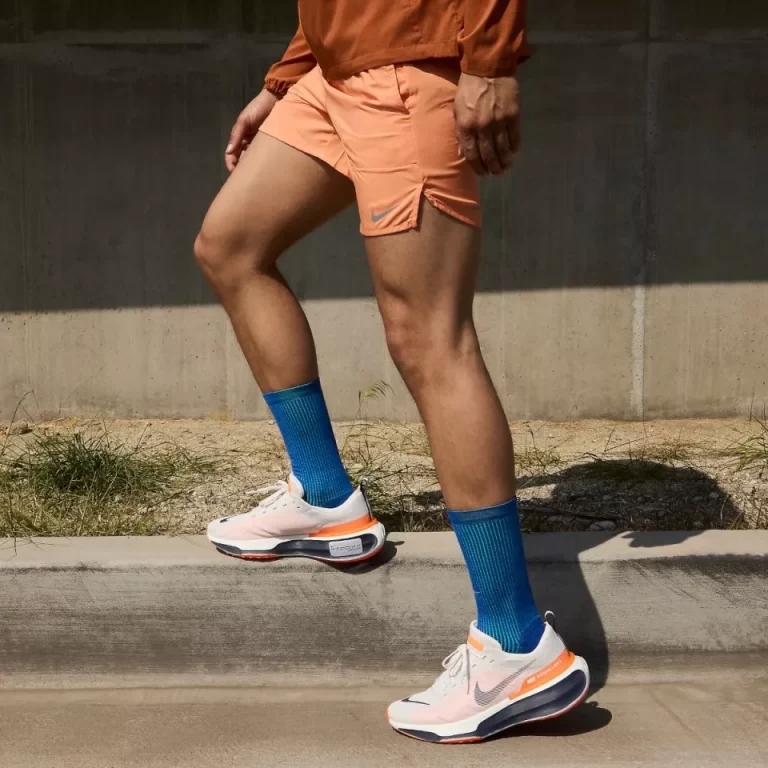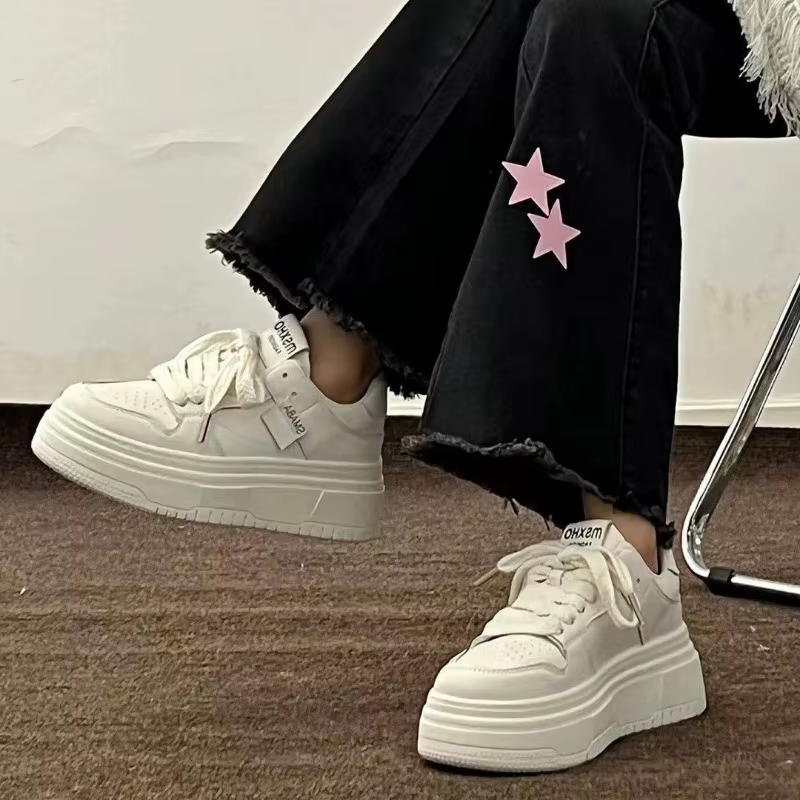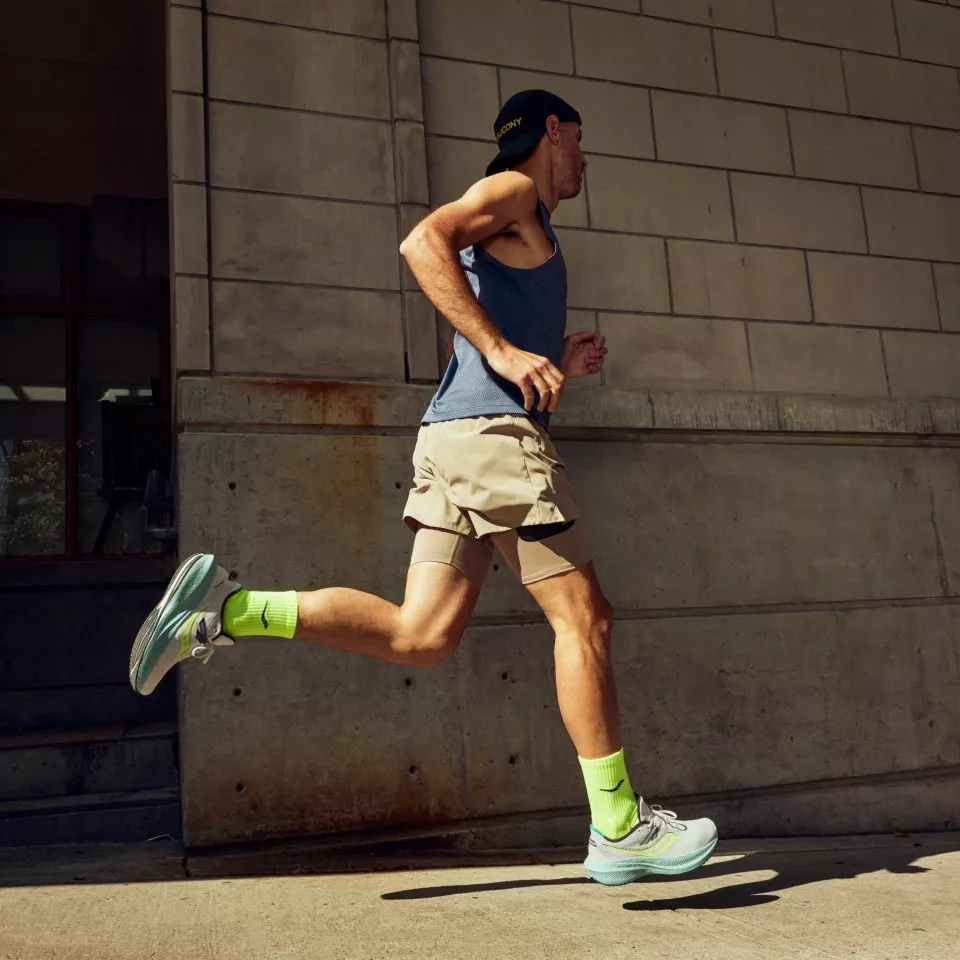
How to Clean Running Shoes? A Step-by-Step Guide
Introduction to Running Shoe Care
Taking care of your running shoes is essential for their longevity. Proper maintenance not only keeps them looking good but also ensures they continue to provide the support and comfort necessary for your runs. In this guide, we will explore how to clean running shoes step by step. Cleaning them regularly removes dirt, prevents material breakdown, and retains the cushioning qualities. How to clean running shoes? Whether you’ve trudged through mud or just need to freshen up your shoes, following these simple steps will help extend their life and performance.
Before diving into the cleaning process, understand the materials of your running shoes. Different materials may require specific care methods. Most running shoes are made from a combination of synthetic leather, mesh, and rubber soles, making them suitable for gentle hand washing or careful machine washing. Knowing how to clean running shoes correctly can prevent damage and keep your feet comfortable on your next jog.
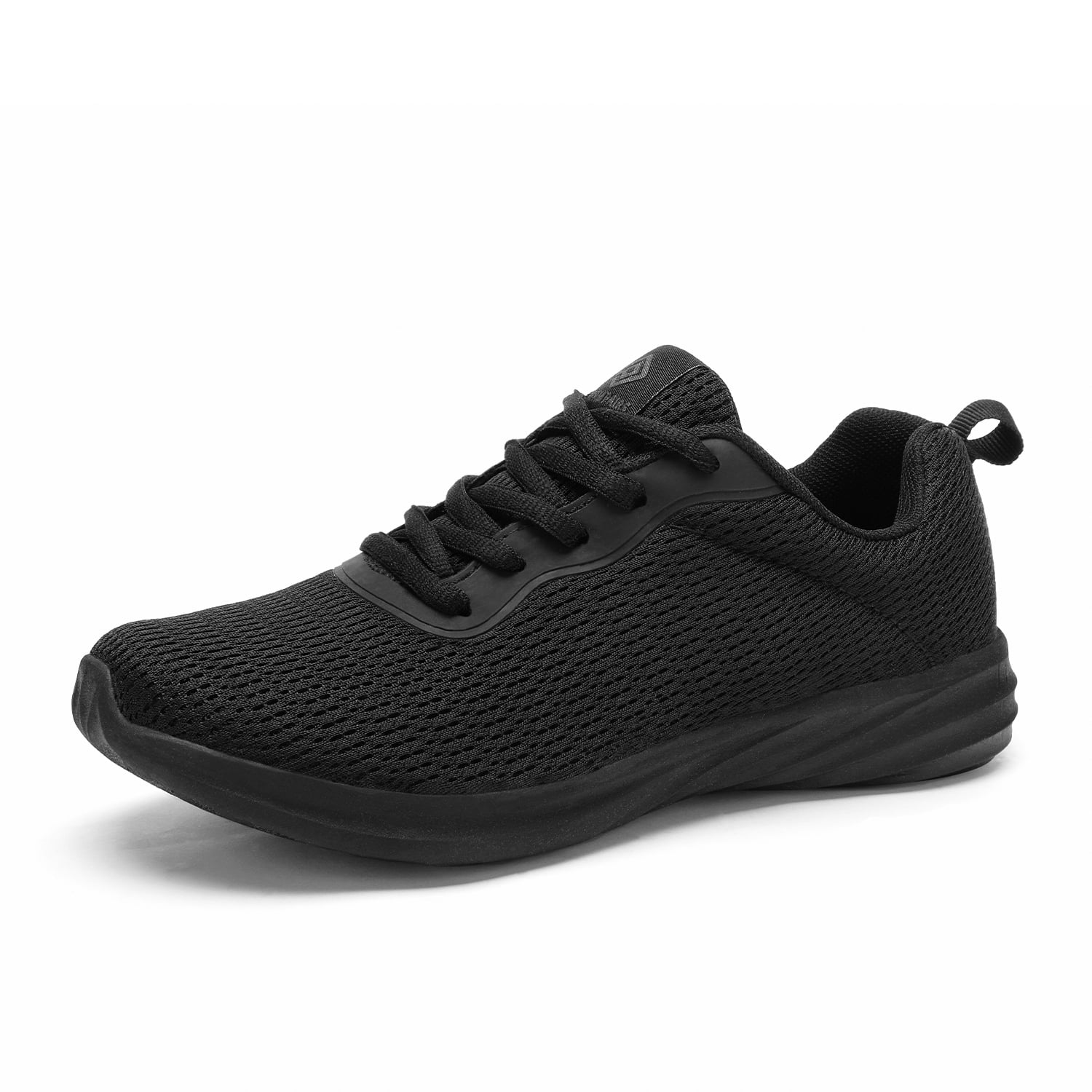
Pre-cleaning Preparation
Before you start the cleaning process, it’s important to get everything ready. A smooth pre-cleaning session ensures an effective wash and helps protect your shoes from damage. Here is what you need to do before cleaning your running shoes.
- Remove laces and insoles: This allows you to clean all parts of your shoes thoroughly. Wash laces separately and let insoles air out.
- Brush off loose dirt: Use an old toothbrush or shoe brush to remove any loose soil or gravel. This prevents abrasive rubbing during washing.
- Choose the right cleaner: A mild detergent or a specialized shoe cleaner is ideal. Harsh chemicals can damage shoe materials.
- Prepare your workspace: Lay out towels and choose a well-ventilated area. A sink or a large basin works well for hand washing.
- Check manufacturer’s recommendations: Some shoes might have specific instructions for cleaning. It’s best to follow these to avoid harming your shoes.
These steps set the stage for a detailed clean that will keep your running shoes in top condition. Take your time with pre-cleaning preparation, as it can make the overall process smoother and more effective.
Removing Dirt and Mud
After the pre-cleaning preparation, the next step is treating the noticeable dirt and mud on your running shoes. Here’s how to do it:
Start with Dry Mud
- Tap the soles together: Knock your shoes together outside to remove any large clumps of dry mud.
- Use a dry brush: Brush off the remaining dry mud with a soft-bristled brush, being careful not to scuff the material.
Move to Dampened Cleaning
- Dampen a cloth: Use a cloth dipped in water to gently wipe away any leftover dirt.
- Apply mild detergent: Put a small amount of detergent on the brush and rub the shoes gently. This lifts away stubborn mud.
It’s important to address all the dirt and mud before moving on to hand or machine washing, as larger particles can cause abrasion during the wash cycle. Take your time with this step and make sure all noticeable debris is gone to ensure a thorough clean in the following stages.

Hand Washing Techniques
After removing the initial dirt and mud, it’s time to hand wash your running shoes. Hand washing is gentle and can prevent damage to your shoes. Here are some simple steps on how to clean running shoes by hand.
- Fill a basin with water: Use lukewarm water to fill a basin or sink. Cold or hot water may harm your shoes.
- Add a mild detergent: Pour a small amount of gentle cleaner into the water. Avoid harsh chemicals that can degrade shoe materials.
- Submerge the shoes: Gently put the shoes into the soapy water. Do not soak them for too long.
- Scrub softly: Use a soft brush or cloth to scrub the shoes. Clean all areas, including the sole and fabric parts.
- Rinse thoroughly: After scrubbing, rinse the shoes with clean water. Make sure all soap is gone.
- Press out excess water: Gently press the shoes to remove excess water. Do not twist or wring them.
Hand washing your running shoes can keep them in good condition. Take care while scrubbing and rinsing to avoid damage. Now you know how to clean running shoes using hand washing techniques.
Machine Washing Tips
If hand washing isn’t your preferred method, machine washing can be a suitable alternative. However, it requires careful attention to prevent damage to your running shoes. Here’s what you should keep in mind when using the machine washing approach:
- Consult the label: Always check the care instructions on your running shoes. Not all shoes are machine washable.
- Use a gentle cycle: Choose a gentle or delicate cycle with cold water to avoid harming your shoes.
- Protect your shoes: Place your shoes in a mesh laundry bag or pillowcase. This helps reduce impact during the wash.
- Add towels: Wash your shoes with towels. They act as a buffer, softening the tumbling action in the machine.
- Mild detergent is key: Use a small amount of mild detergent. Too much soap can leave residue and attract more dirt later.
- Skip the spin cycle: Choose a cycle without the spin to prevent your running shoes from losing shape.
- Remove shoes promptly: Take your shoes out as soon as the cycle is over. This reduces the chance of developing creases.
Following these tips will help ensure that your running shoes come out clean without incurring damage during the machine wash. Remember to refer to the manufacturer’s guidelines for the best results and verify that machine washing is an appropriate method for cleaning your specific pair of running shoes.
Drying Your Running Shoes Properly
Once you have finished cleaning your running shoes, drying them correctly is crucial. Improper drying can harm the shoe material or cause bad odors. Here’s the best way to dry your running shoes:
- Remove excess water: After washing, gently press the shoes to take out as much water as possible. Avoid wringing them to prevent damage.
- Use a towel: Roll your shoes in a dry towel to absorb additional moisture. This helps speed up the drying process.
- Stuff with paper: Insert crumpled newspaper or paper towels inside your shoes. They absorb water and help maintain the shape of the shoes.
- Air dry: Place the shoes in an open space with good air circulation. Never put them directly in sunlight or use a hair dryer as heat can warp the materials.
- Flip them over: After a few hours, flip your shoes over to ensure the soles dry too.
- Replace paper: If the paper inside becomes damp, replace it with dry paper to continue absorbing moisture.
Follow these steps to ensure that your running shoes dry thoroughly and maintain their form. With proper care, your running shoes can serve you well for many miles to come.
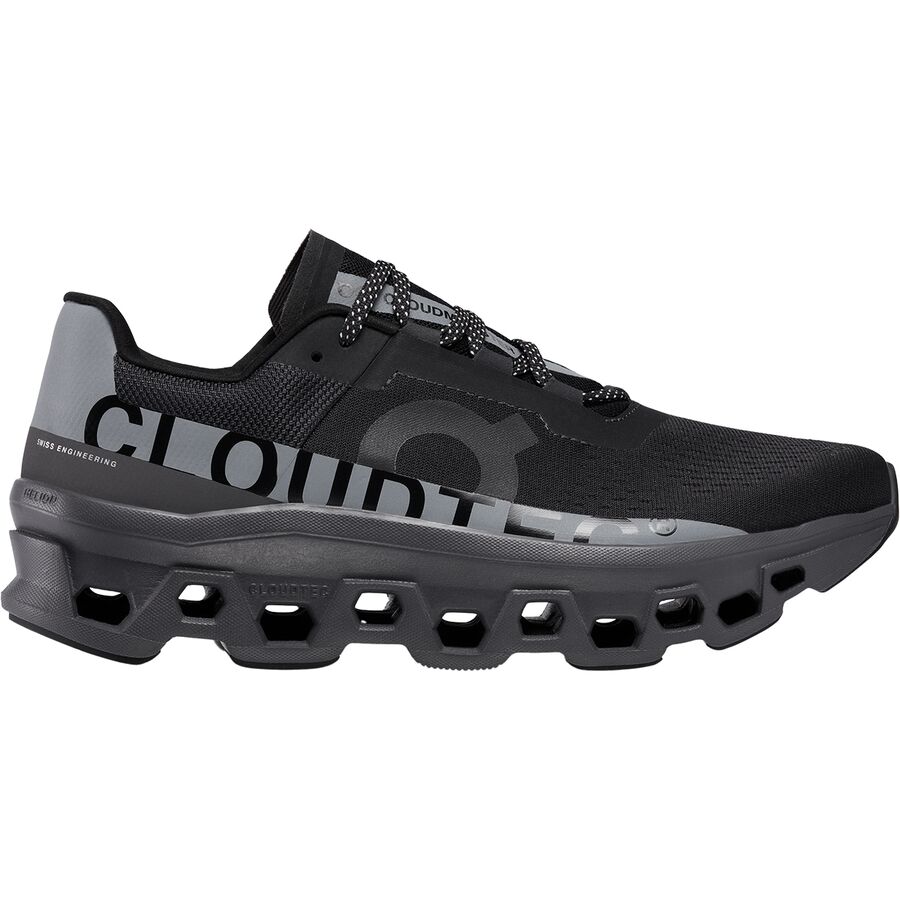
Maintaining Shoe Shape and Freshness
Keeping your running shoes in top shape and smelling fresh is as important as cleaning them. To maintain the structure and odor-free environment of your running shoes, follow these easy steps:
- Use a shoe tree: After every run, put shoe trees inside your running shoes. They help maintain the shoe’s shape and prevent creases.
- Avoid heat: Never dry your shoes on a radiator or in direct sunlight. Heat can distort the shape and damage the materials.
- Baking soda trick: For freshness, sprinkle baking soda inside each shoe. Let it sit overnight and then shake it out before your next use. It absorbs odors effectively.
- Rotate shoes: If you run often, use more than one pair of running shoes. Rotating them gives each pair time to air out, which helps maintain their shape and reduces odor buildup.
- Spray deodorizer: Use a deodorizer designed for shoes. It adds a pleasant scent and provides an extra level of freshness.
- Store properly: Keep your running shoes in a cool, dry place with good air circulation. Avoid storing them in plastic bags which can trap moisture and cause odors.
Maintain the shoe shape and keep them fresh, and you will extend the life of your running shoes. Simple, effective habits can make a significant difference in how your running shoes look, feel, and smell over time.

When to Replace Running Shoes
While it is important to keep running shoes clean, understanding when to replace them is essential for optimal performance and injury prevention. Over time, even the best-care-for shoes lose their cushioning, stability, and shock absorption features. Here are signs it might be time for a new pair:
- Mileage indicator: Most running shoes are built to last between 300 to 500 miles. If you’ve exceeded this range, consider getting new shoes.
- Worn soles: Check the treads on the soles. Flat spots and worn-out treads are clear indicators it’s time to replace your shoes.
- Lack of cushioning: If the midsole feels too soft or breaks down easily when you press it, your shoes might not provide adequate support.
- Uneven wear pattern: Uneven wear can suggest it’s time for a new pair. It may also highlight the need for running shoes that better match your gait.
- Discomfort: Listen to your feet. Discomfort, pain, or recurring blisters are signs that your shoes may no longer fit properly or provide the necessary protection.
- Twisted frame: If your shoes don’t sit flat on the ground or twist easily when held by the heel and toe, the structure might be compromised.
Replacing your running shoes at the right time can enhance your running experience and prevent injuries. Paying attention to these indicators and assessing your shoes regularly will help you make an informed decision.

